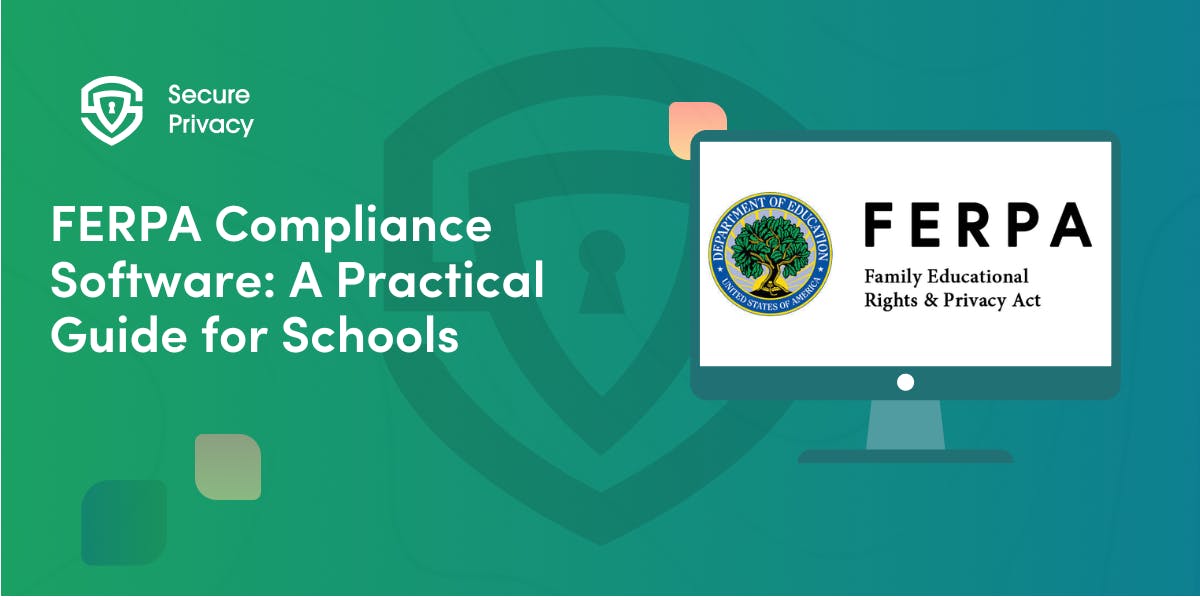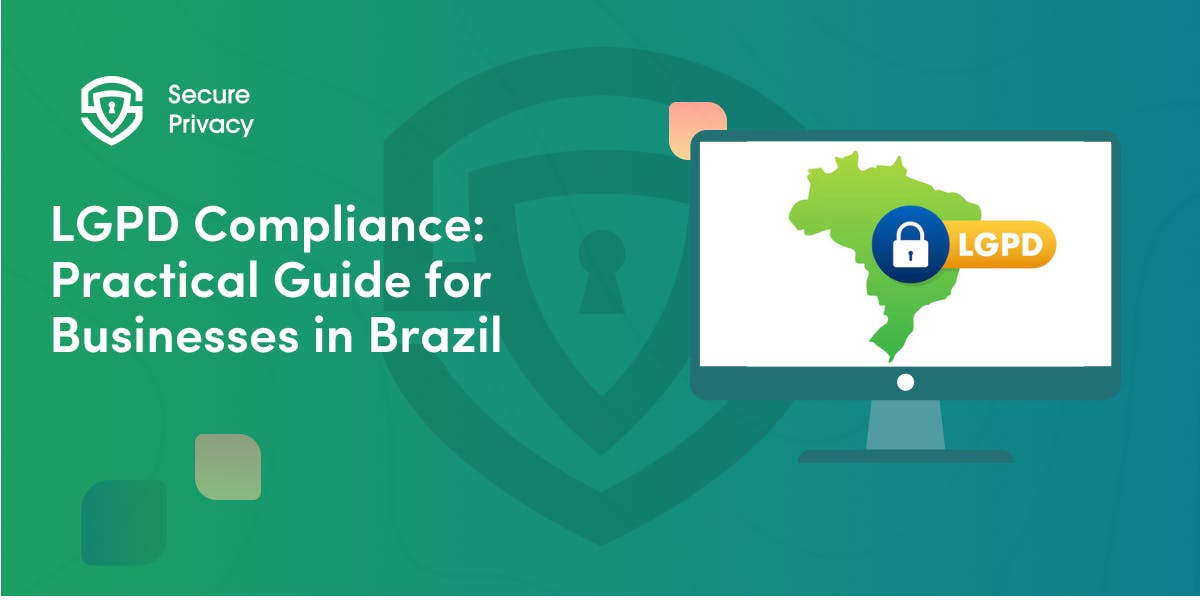How to enable cross-domain consent
Cross-domain consent is useful when you want to collect user's consent across multiple domains using a single cookie banner.
Cross-domain consent is useful when you want to collect user's consent across multiple domains using a single cookie banner. It is good for the user experience when you redirect users to multiple websites/domains. You can see a video of the functionality here.
Follow these steps to enable cross-domain consent. We assume that you have already added your domains inside the domain management panel, and onboarding is complete for all domains.
1. Install Secure Privacy script on all domains.
2. Click on All Domains and navigate to Domains page.
3. Scroll the table to the right, where you can see Domain Consent Group.
4. Edit the column Domain Consent Group for all the domains on which you want to enable cross-domain consent.
5. Make sure that the enable of each group is the same. For example in the below image the Group name is GroupA.

6. Once done, cross-domain consent is enabled for these domains.

How to Implement Cookie Consent in 2026 and Beyond: A Step-by-Step Compliance Guide
Cookie consent implementation has reached a critical enforcement phase in 2026. Are you ready?
- Legal & News
- Data Protection
- GDPR
- CCPA

FERPA Compliance Software: A Practical Guide for Schools
Your school district manages 200+ educational technology applications. Teachers store grades in learning management systems. Counselors maintain sensitive records in specialized platforms. Administrators access student information across multiple databases. Each system creates potential FERPA violations — and the December 2024 PowerSchool breach affecting 62 million students demonstrates that even major vendors remain vulnerable.
- Legal & News
- Data Protection
- Privacy Governance

LGPD Compliance: Practical Guide for Businesses in Brazil (2026-ready)
Your company processes personal data from Brazilian customers. Marketing collects email addresses. Sales accesses prospect information. Operations stores transaction records. Each activity creates potential liability under Brazil's comprehensive privacy law — and the Autoridade Nacional de Proteção de Dados (ANPD) has dramatically escalated enforcement since 2023.
- Legal & News
- Data Protection
